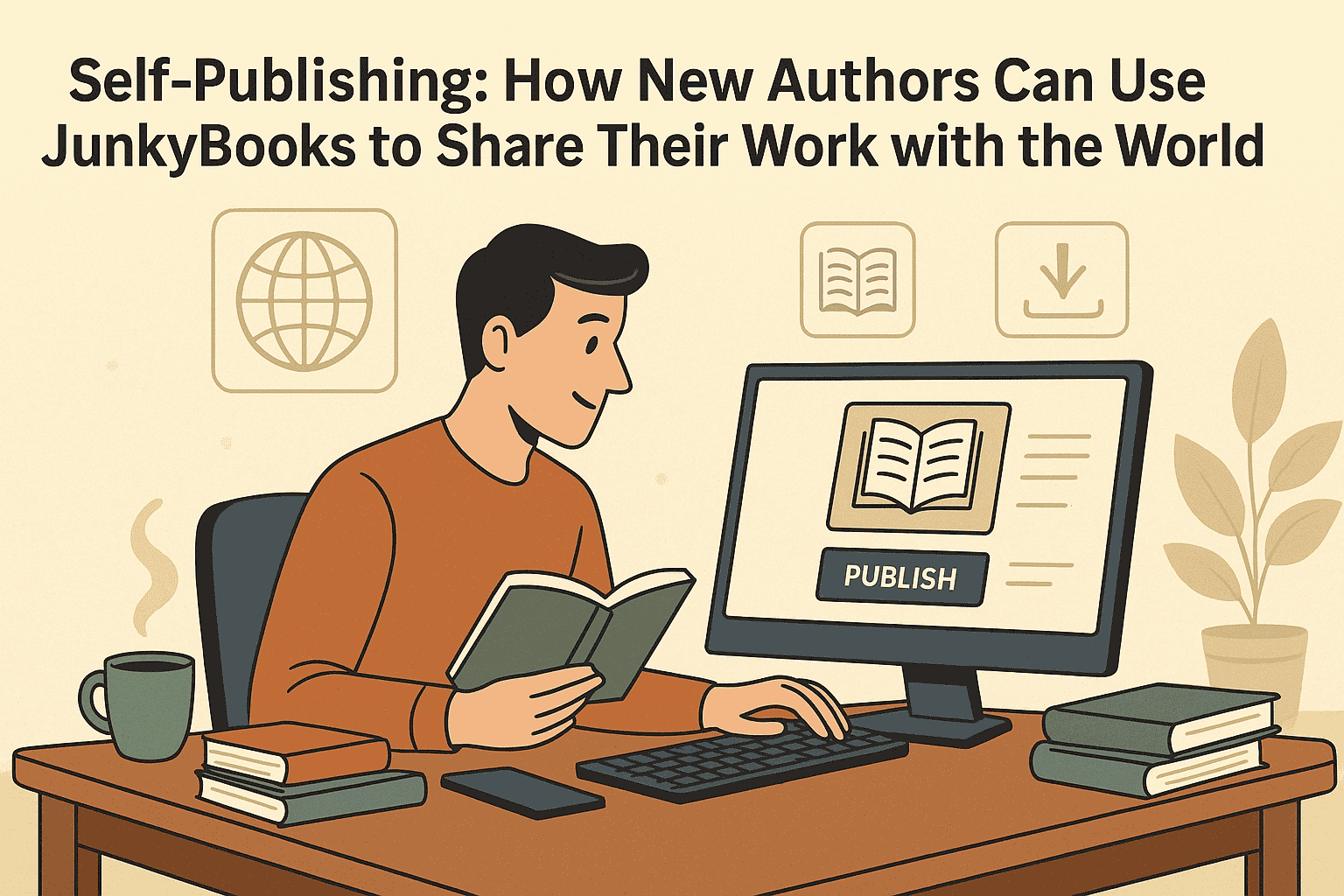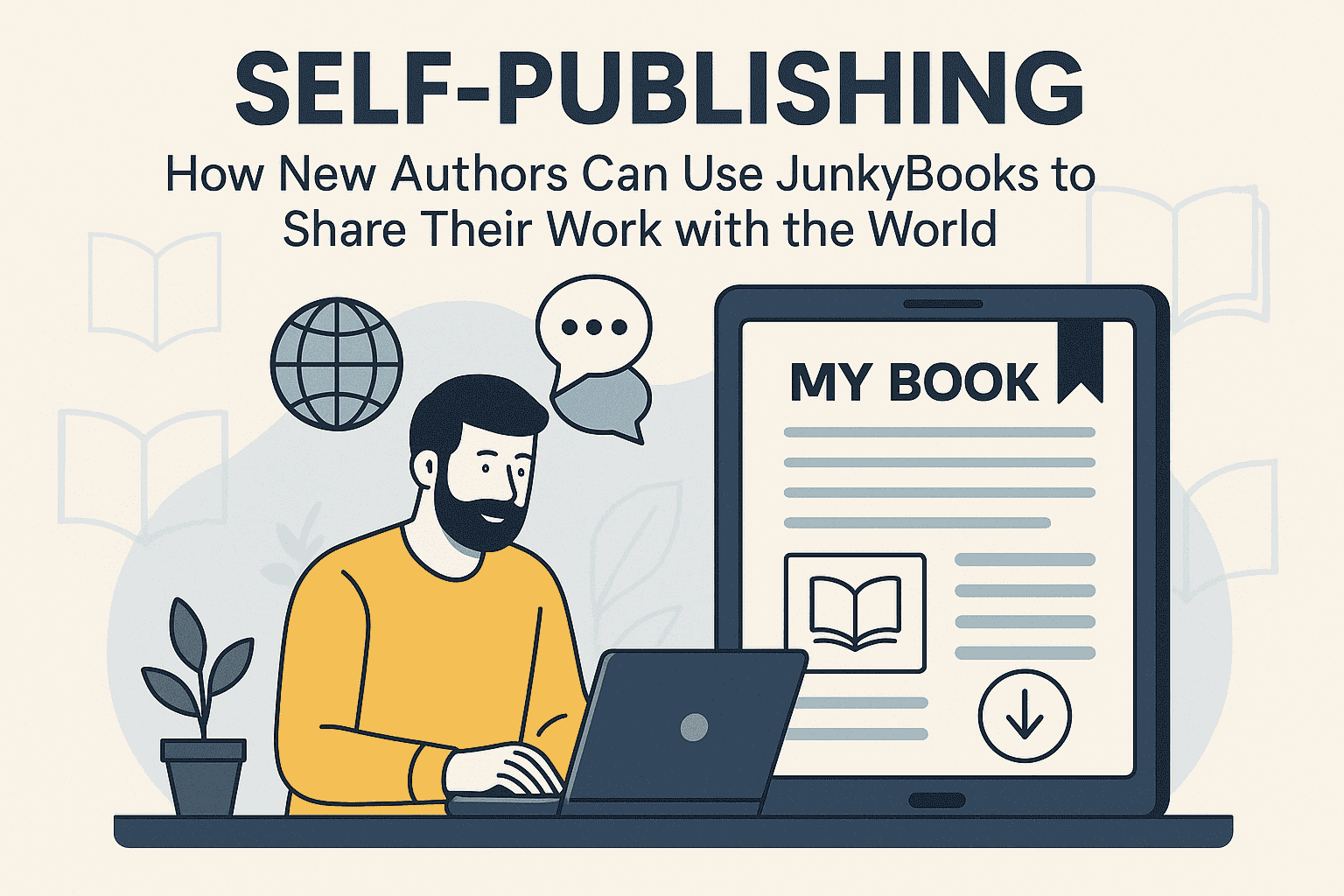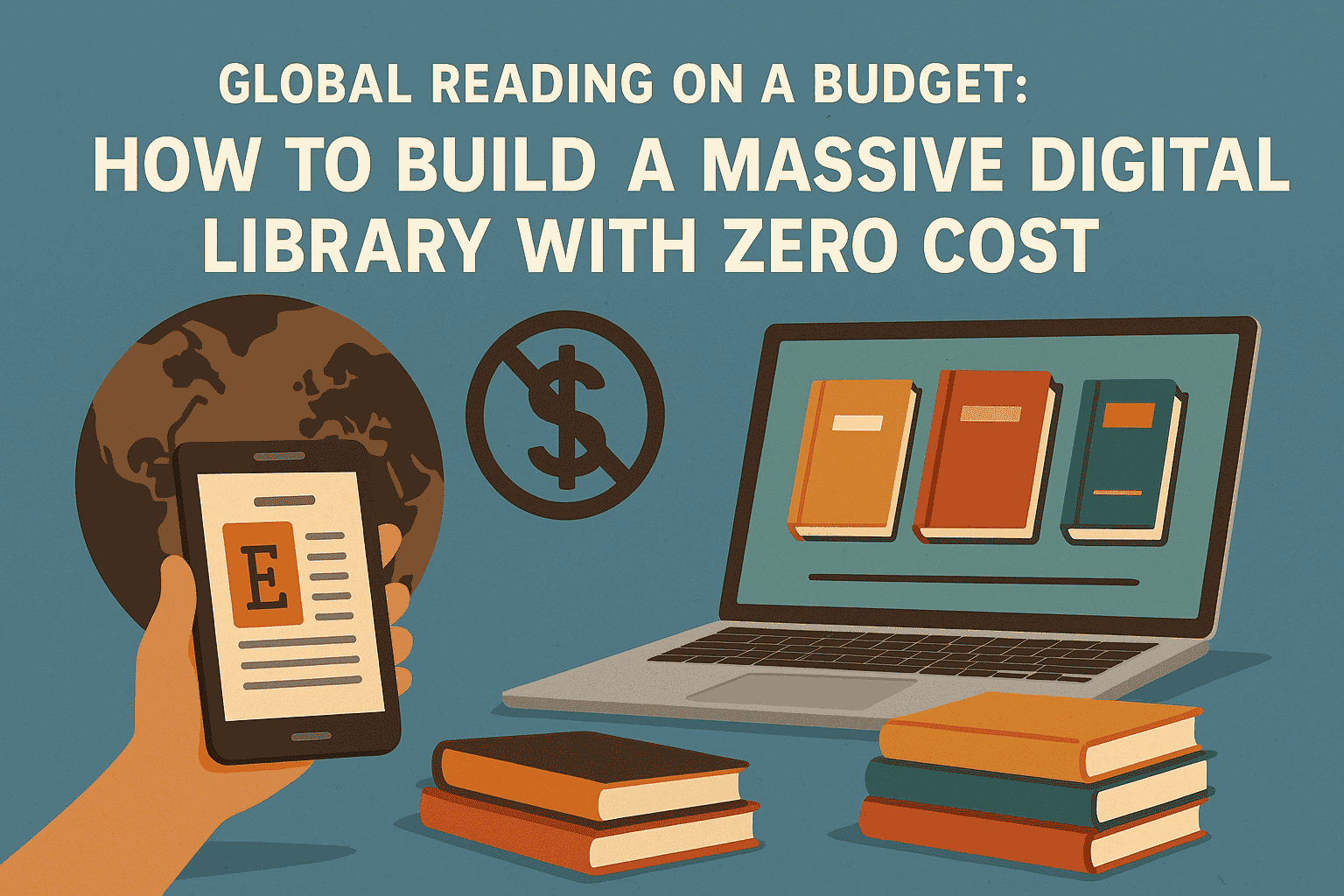How to Self-Publish a Book in 2025: A Beginner’s Guide
The dream of becoming a published author is no longer confined to those who land traditional book deals. In 2025, self-publishing is more accessible, profitable, and empowering than ever. Whether you're a novelist, entrepreneur, poet, or expert in your field, self-publishing allows you to take full control of your work — from writing to royalties. This guide will walk you through every step of the process, from idea to bookshelf.
Why Choose Self-Publishing?
Before we dive into the how-to, it’s worth understanding the why. Self-publishing gives authors control over the creative process, publishing speed, and profit margins. In traditional publishing, you often wait months (or years) for acceptance, editing, and release. Self-publishing eliminates the gatekeepers.
Other benefits include:
-
Higher royalties: Up to 70% on Amazon Kindle.
-
Creative control: Choose your own cover, title, and formatting.
-
Faster publishing timeline: Publish your book in weeks, not years.
-
Direct connection with readers: Build your own audience.
Step 1: Prepare Your Manuscript
1.1 Write and Edit
Start with writing the best manuscript you possibly can. Whether it’s fiction or nonfiction, make sure it's well-organized and clear. Once your first draft is complete, set it aside for a few days. Then, revise it critically.
Even if you're an excellent writer, professional editing is essential. Consider:
-
Developmental editing – for plot, structure, and consistency.
-
Copy editing – for grammar, clarity, and style.
-
Proofreading – for final typos and formatting errors.
1.2 Get Feedback
Share your manuscript with beta readers — individuals who represent your target audience. Their feedback can be invaluable before publishing.
Step 2: Design Your Book
2.1 Book Cover Design
People do judge books by their covers. A professional-looking cover can make or break your book sales. You can:
-
Hire a freelance designer from sites like Reedsy, Fiverr, or 99designs.
-
Use DIY tools like Canva or BookBrush if you're on a tight budget.
Make sure your cover is optimized for:
-
Genre expectations
-
Thumbnail visibility (especially for Amazon listings)
-
Readability and clarity
2.2 Formatting and Layout
Your manuscript needs to be formatted properly for both print and digital versions.
For eBooks, consider:
-
EPUB and MOBI file formats
-
Responsive layout for different devices
-
Clickable table of contents
For print books, ensure:
-
Correct page size (e.g., 5x8 or 6x9 inches)
-
Proper margins and gutters
-
Headers, footers, and page numbers
Tools like Vellum, Scrivener, Atticus, or Reedsy Book Editor can make formatting easier.
Step 3: Choose Your Publishing Platforms
In 2025, the publishing world is more diversified than ever. You’ll want to distribute your book widely, unless you opt for exclusivity on a single platform.
3.1 Amazon Kindle Direct Publishing (KDP)
Amazon is the king of self-publishing. Through KDP, you can publish:
-
eBooks (Kindle)
-
Paperbacks
-
Hardcovers
You can earn up to 70% royalties and access global distribution. KDP Select offers additional promotional benefits, but requires exclusivity.
3.2 IngramSpark
IngramSpark is a top choice for print distribution to bookstores and libraries. It’s ideal for reaching markets outside Amazon.
3.3 Draft2Digital and Smashwords
These platforms distribute your eBook to Apple Books, Barnes & Noble, Kobo, and more. They offer excellent tools for formatting and tracking sales.
3.4 Audiobook Publishing
Audiobooks are booming. Use ACX (Amazon), Findaway Voices, or Speechki to turn your book into an audiobook, narrated either by you or a professional.
Step 4: Set Your Price and Royalties
Pricing strategy is essential to attract readers and make a profit. Consider:
-
Genre norms (romance may be priced lower, nonfiction higher)
-
Introductory pricing to build initial readership
-
Royalties: KDP offers 35% or 70% depending on price range and distribution
Experiment and adjust based on feedback and sales trends.
Step 5: Publish and Promote
5.1 Upload and Publish
Once your manuscript is edited and formatted, and your cover is ready:
-
Upload to your chosen platforms
-
Enter your book metadata: title, author name, keywords, and categories
-
Set your publication date and pricing
5.2 Launch Strategy
Plan a launch to generate buzz. Some tips:
-
Create a pre-launch mailing list of interested readers
-
Offer ARCs (advance review copies) to gather early reviews
-
Schedule a launch week promotion, including a temporary price drop or giveaway
5.3 Promote Your Book
Marketing doesn't end after launch. Keep your book visible with:
-
Author website and blog
-
Email newsletters
-
Social media (Instagram, LinkedIn, TikTok for BookTok)
-
Amazon Ads and Facebook Ads
-
Guest posts or podcast interviews
You can also work with book bloggers, Bookstagrammers, or YouTube reviewers.
Step 6: Monitor and Optimize
After publishing, track your performance:
-
Use KDP Reports or Google Analytics
-
Test different price points or covers
-
Adjust your marketing tactics based on what works
Collect reviews, update your author bio, and always be ready to promote. Writing the book is only half the job — selling it is the other half.
Bonus: Legal and ISBN Considerations
-
Copyright: Automatically yours once written, but you can register it for added protection.
-
ISBN: Required for print books if you want them sold in bookstores (Amazon provides a free ISBN, but it’s Amazon-exclusive).
-
Pen name: If you want privacy or to publish in multiple genres, you can use a pseudonym.
Future Trends in Self-Publishing (2025 and Beyond)
Technology is rapidly evolving the self-publishing landscape. Keep an eye on:
-
AI-assisted writing: Tools like ChatGPT for brainstorming or editing
-
NFT books: Unique digital editions tied to blockchain
-
Interactive books: Especially in children’s and educational publishing
-
AI voice narration: Cutting audiobook costs
-
Print-on-demand enhancements: Faster delivery and higher quality
Staying ahead of these trends can give your book a competitive edge.
Conclusion
Self-publishing a book in 2025 is both an exciting and strategic journey. With the right tools and knowledge, you can take your manuscript from your desktop to thousands of readers worldwide. It’s not just about writing anymore — it’s about building a brand, understanding your audience, and navigating the modern publishing world.
So whether you’re writing your first novel, a business book, or your personal memoir, self-publishing offers the freedom and potential to bring your vision to life — on your terms.
Ready to become a published author? The tools are in your hands. Now it’s your turn to tell the world your story.






